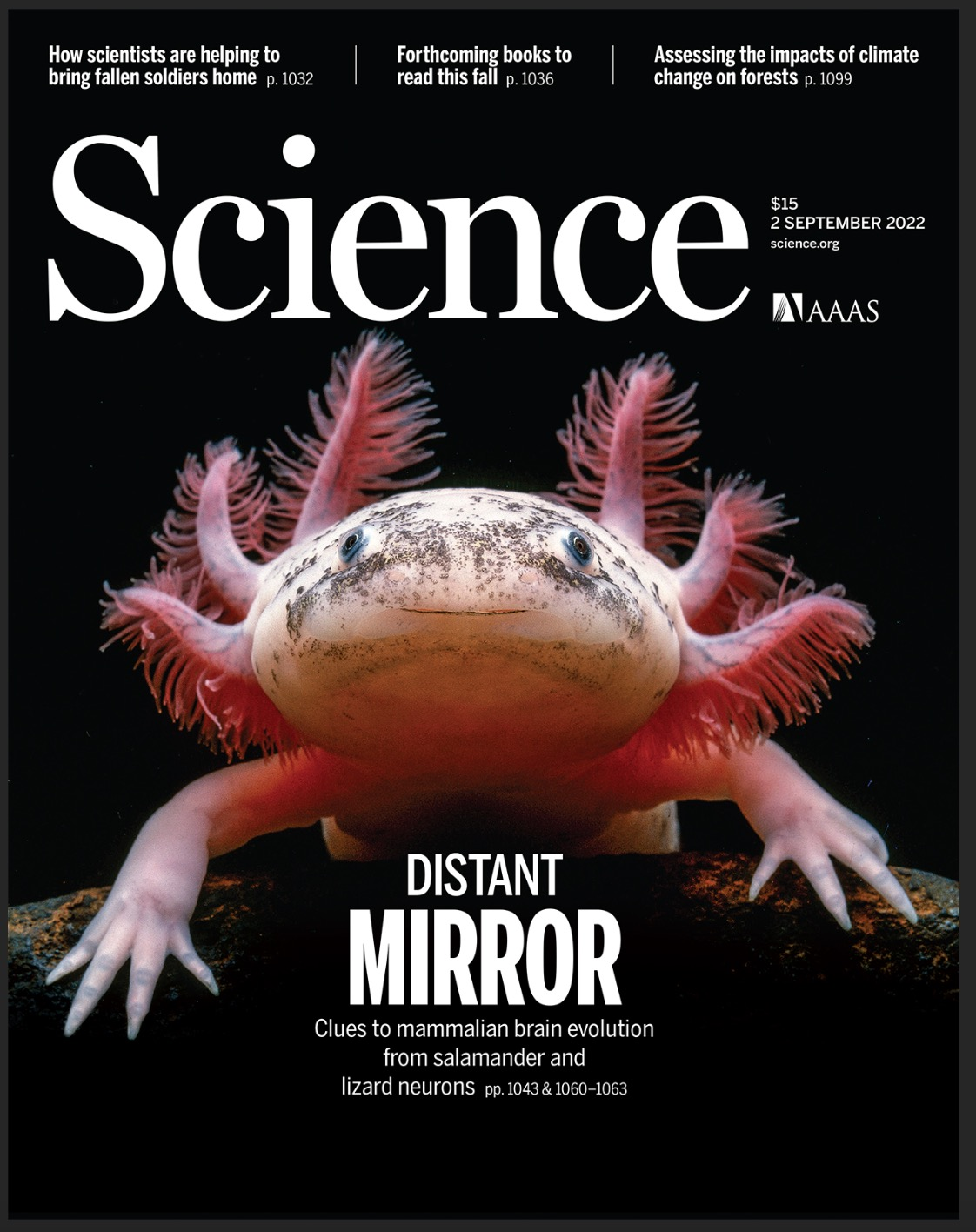(Continued from PART 1)
The Monito del monte, a small marsupial native to South America, is one of the few remaining members of an ancient group of marsupials that once lived alongside dinosaurs. In a BGI-Research-led paper published in Cell in April 2022, researchers investigated the conflicting results obtained from DNA data and morphological characters when inferring the phylogeny of the South American marsupial order Microbitheria, which includes the Monito del monte. The study found that incomplete lineage sorting, an evolutionary event that describes randomly inherited polymorphism in the ancestor population by descendant species, was the cause of the incongruence with the evolutionary history of marsupials. The Monito del monte was found to be the sister group of all Australian marsupials, despite sharing a common ancestor with them and not belonging within their clade. This event also explains why some parts of the human genome are more similar to gorillas than chimpanzees, despite humans being more closely related to the latter.
Axolotls are a type of salamander that are native to Mexico. Not only are they totally adorable, but they also have the incredible ability to regenerate lost body parts including limbs and even parts of their spinal cord. BGI-Research has led a multi-institute research team to construct the world's first spatiotemporal cellular atlas of the axolotl brain development and regeneration, which was published as part of the cover feature in the September 2022 issue of Science. Axolotls have the remarkable ability to regenerate lost body parts, including their spinal cord. The study revealed how a brain injury can heal itself, identifying the key neural stem cell subsets involved in the process of salamander brain regeneration and describing the reconstruction of damaged neurons by such stem cell subsets. Additionally, the team found that brain regeneration and development share certain similarities, which could offer new directions for regenerative medicine research and treatment of the nervous system.
 BGI-Research-led study on axolotl brain development and regeneration was published as part of the coverfeature in the September 2022 issue of Science.
BGI-Research-led study on axolotl brain development and regeneration was published as part of the coverfeature in the September 2022 issue of Science.
The Ussuri raccoon dog is a small canid species native to East Asia known for their adaptability, omnivorous diet, and unique ability to hibernate during winter. They are not true raccoons, but instead belong to the Canid family. BGI Group and Northeast Forestry University created a high-quality reference genome for the Ussuri raccoon dog, mapping it to 27 chromosomes and identifying sex chromosomes. This genome was published in a cover article in Science. The genome has allowed researchers to explore the genetic basis of the raccoon dog's biological characteristics, including its ability to adapt and spread across different habitats. The study suggests that the raccoon dog's omnivorous diet and hibernation during winter enable it to survive harsh conditions. The raccoon dog also has a genetic mechanism that allows it to carry many pathogens without showing signs of illness. The study found that many immune-related genes were under strong positive selection, explaining the species' diverse immune system.
The South China tiger (SCT) is a critically endangered tiger subspecies that is native to southern China. In 2022, BGI-Research and other institutions conducted a study on the SCT's genomics consequences of inbreeding, comparing its genome with the Amur tiger. The study, published in Molecular Ecology Resources, assembled and characterized the first high-quality SCT genome and an improved Amur tiger genome. The research found that inbreeding depression, resulting in high juvenile mortality and low reproduction, was observed among the captive population. The study also found unique mutations in genes related to reproduction, growth, and development, which are important for conservation. The research provides scientific evidence and support for effective protection strategies for SCTs and for understanding inbreeding depression in tigers.
BGI-Research’s study also involves animals that fly. Birds originated in the Jurassic period and are the only living descendants of dinosaurs. Scientists are interested in their origin, development, and evolution given their long history. Studying birds has inspired human aviation and space exploration and is important for our understanding of their development, given the large number of species.
 The cover story in a special issue of Science (Volume 346 Issue 6215, 12 December 2014). (Image credit: Flip De Nooyer / Foto Natura / Minden Pictures / Corbis)
The cover story in a special issue of Science (Volume 346 Issue 6215, 12 December 2014). (Image credit: Flip De Nooyer / Foto Natura / Minden Pictures / Corbis)
BGI-Research conducted a large-scale study of birds in December 2014, sequenced, assembled, and compared full genomes of the genomes of 48 modern bird species to determine their phylogenetic relationships. The findings challenged existing conclusions and suggested that the expansion of modern bird species occurred around the time of the mass extinction 66 million years ago. Birds have comparatively little DNA and lost important genes in their early evolution after splitting from other reptiles. The study also analyzed genes related to unique bird traits such as song learning and flight.
In November 2020, BGI-Research partnered with other institutions to publish two cover articles in Nature on the latest results of bird genome research. The team used a newly established method for multi-genome comparison and analysis called Cactus, which produced a more complete alignment than the commonly used reference-based approach and established an ancestral genome for each evolutionary node to advance the understanding of bird evolution.
As the world faces unprecedented challenges such as climate change, biodiversity loss, and environmental degradation, recognizing the significance of the human-animal-Earth relationship has never been more important. Studying animal genomics has revolutionized our understanding of the natural world and our relationship with it.
(END)



